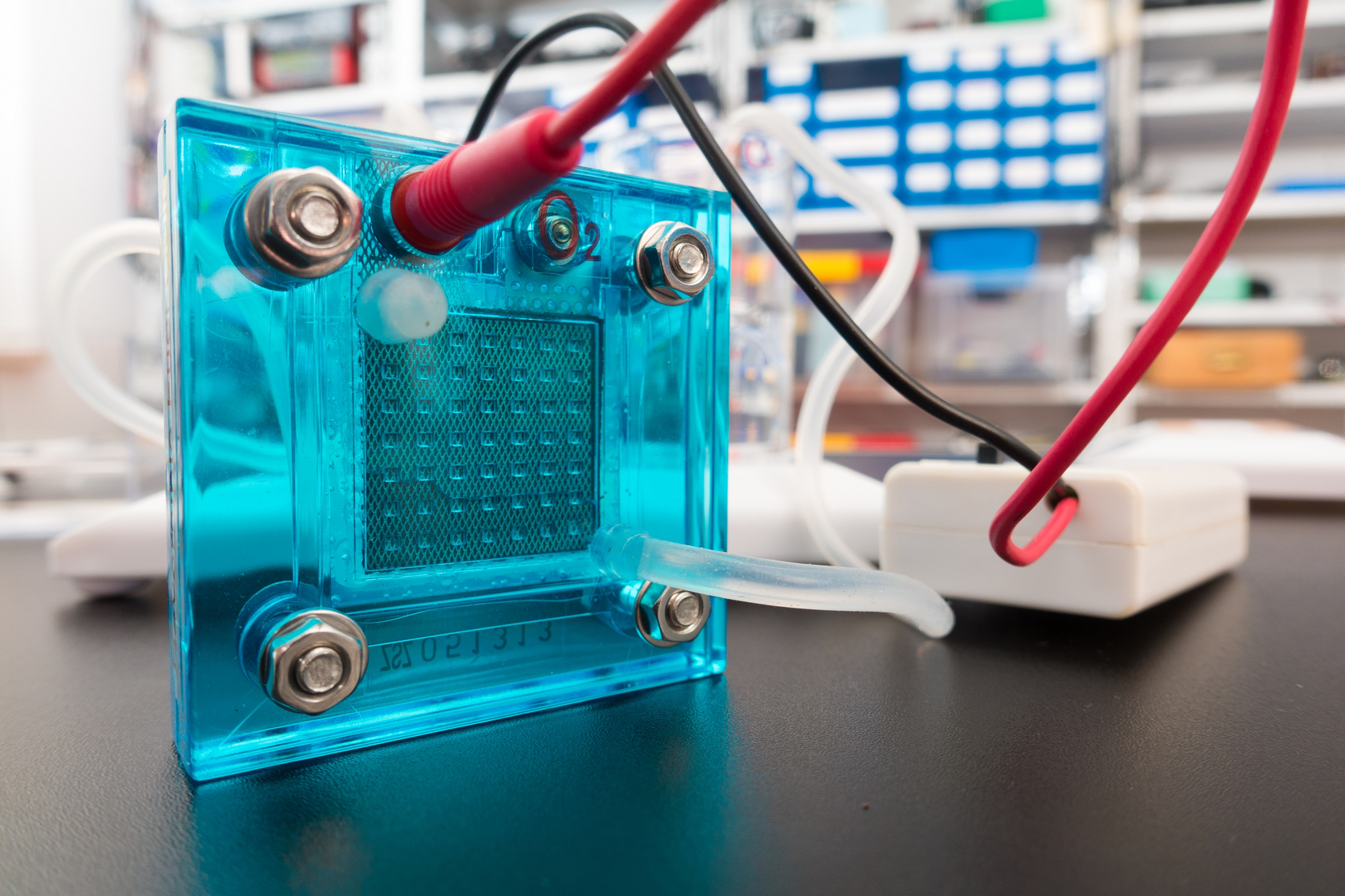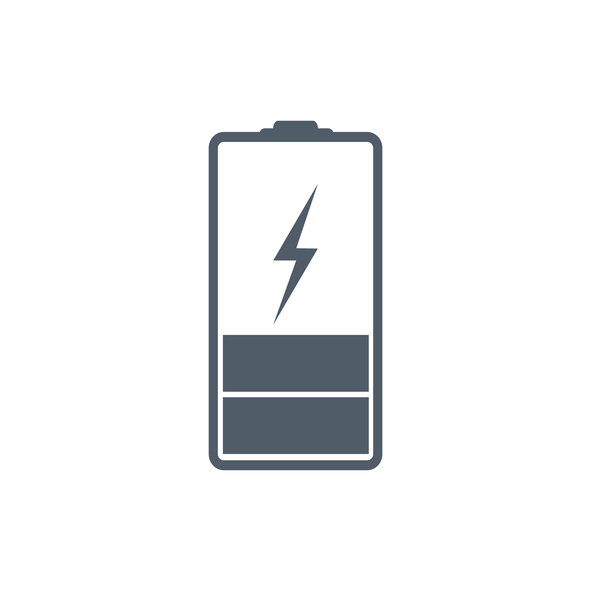 ECS members M. Stanley Whittingham and Yury Gogotsi will be panelists at the upcoming “Electrical Energy Storage Technologies That Enable the Future” symposium, hosted by the Chemical Heritage Foundation. The event will take place on January 11, 2018 in Philadelphia, PA. Read the full program below.
ECS members M. Stanley Whittingham and Yury Gogotsi will be panelists at the upcoming “Electrical Energy Storage Technologies That Enable the Future” symposium, hosted by the Chemical Heritage Foundation. The event will take place on January 11, 2018 in Philadelphia, PA. Read the full program below.
Moderator
Daryl Boudreaux, Principal, Boudreaux & Associates
Panelists
M. Stanley Whittingham, Distinguished Professor of Chemistry and Materials Science and Engineering, SUNY Binghamton
Yury Gogotsi, Distinguished University Professor of Materials Science and Engineering, Drexel University


 Applying a tiny coating of costly platinum just 1 nanometer thick—about 1/100,000th the width of a human hair—to a core of much cheaper cobalt could bring down the cost of fuel cells.
Applying a tiny coating of costly platinum just 1 nanometer thick—about 1/100,000th the width of a human hair—to a core of much cheaper cobalt could bring down the cost of fuel cells. New research from Sandia National Laboratory is moving toward advancing solid state lithium-ion battery performance in small electronics by identifying major obstacles in how lithium ions flow across battery interfaces.
New research from Sandia National Laboratory is moving toward advancing solid state lithium-ion battery performance in small electronics by identifying major obstacles in how lithium ions flow across battery interfaces. Carbon dioxide accounts for over
Carbon dioxide accounts for over  New research stitches together the best parts of several different bacteria to synthesize a new biofuel product that matches current engines better than previously produced biofuels.
New research stitches together the best parts of several different bacteria to synthesize a new biofuel product that matches current engines better than previously produced biofuels. New research indicates that poplar trees could be an economically viable biofuel material.
New research indicates that poplar trees could be an economically viable biofuel material. A team of researchers from the Joint Center for Energy Storage Research is taking a potential major step toward developing energy dense, safe solid state magnesium-ion batteries.
A team of researchers from the Joint Center for Energy Storage Research is taking a potential major step toward developing energy dense, safe solid state magnesium-ion batteries. A nanoparticle that can help clean water of cadmium becomes toxic once taking in the metal. But research finds that organic matter, in this case from algae, reduces that toxicity.
A nanoparticle that can help clean water of cadmium becomes toxic once taking in the metal. But research finds that organic matter, in this case from algae, reduces that toxicity.